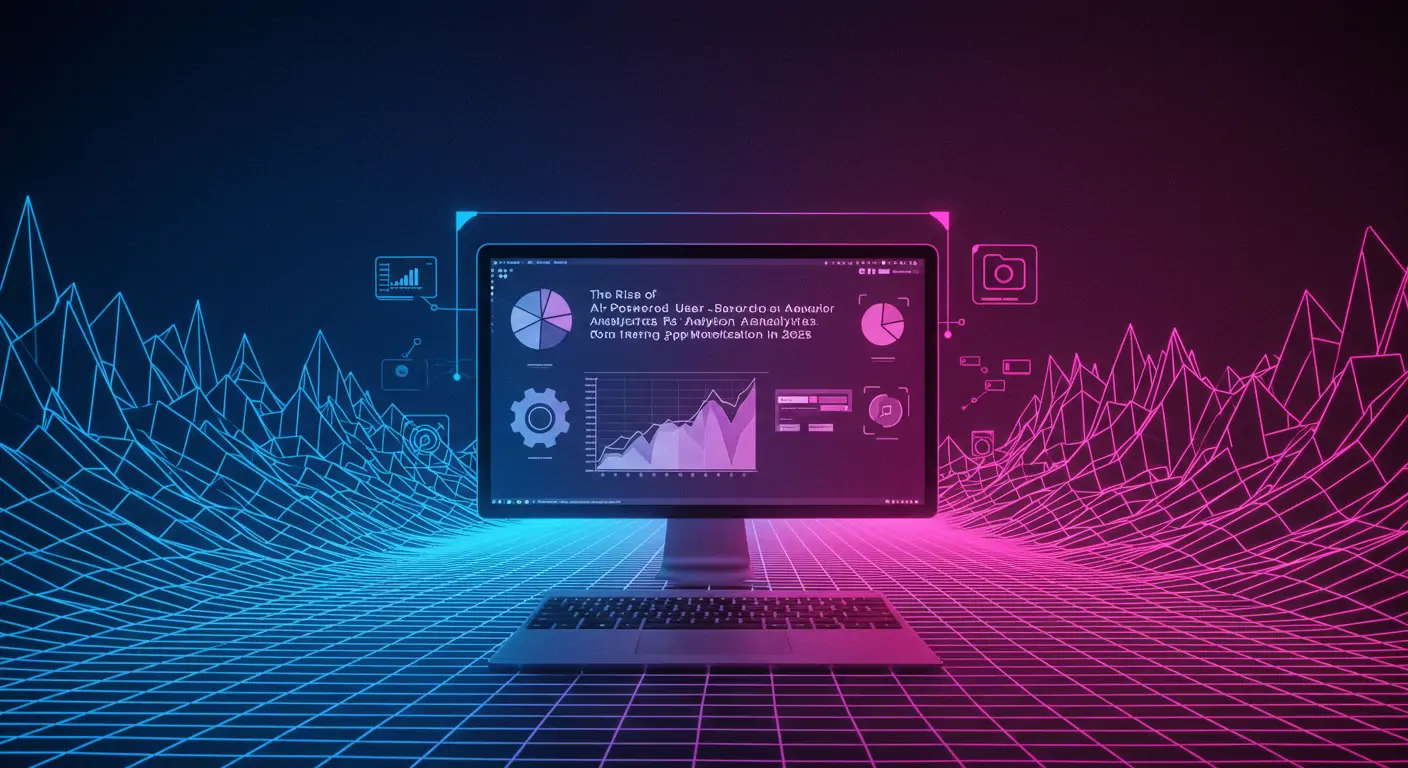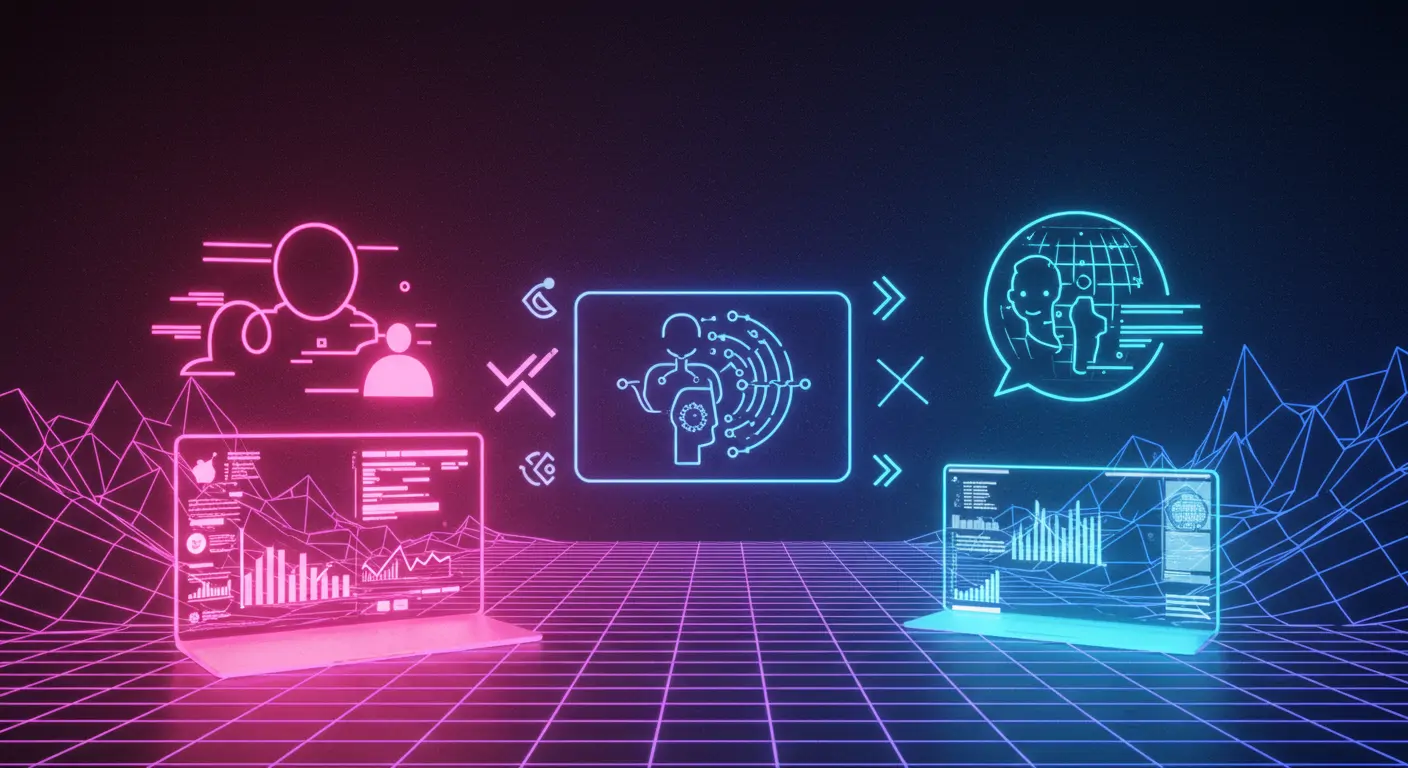Introduction: Why This Matters Now
In 2025, the integration of AI-powered user behavior analytics has seen a 72% adoption rate across major app platforms, reshaping the landscape of app monetization. This trend is not just a technological evolution but a profound industry shift. For app developers, businesses, and investors, understanding and leveraging AI analytics is critical for optimizing revenue streams in an increasingly competitive market. Estimated read time: 12 minutes.
The Current State: What's Happening Right Now
Since early 2024, companies like Amplitude and Mixpanel have enhanced their platforms to include advanced AI analytics, boosting user engagement by up to 45%. The app monetization market, valued at $62 billion in 2023, is projected to reach $98 billion by the end of 2025, driven by these AI advancements. Traditional revenue models relying solely on ads and in-app purchases are proving less effective, with a noted 30% decrease in user retention over the past year.
Key Drivers: What's Fueling This Trend
Driver 1: Economic Efficiency
AI analytics allow for real-time data processing, reducing overhead costs by 27% for app developers, as noted in a 2024 survey by Deloitte.
Driver 2: Enhanced Personalization
AI-powered tools enable hyper-personalization, increasing in-app purchase conversion rates by 50%, according to a 2025 study by McKinsey.
Driver 3: User Data Insights
With over 67% of apps now utilizing AI for deep user insights, developers can tailor experiences that significantly enhance user satisfaction and retention.
Caption: Data visualization of market growth
Real-World Impact & Case Studies
Case Study 1: Spotify
- Implemented predictive analytics in 2024
- Achieved a 60% increase in subscription retention
- Key lesson: Predictive user behavior insights can significantly boost subscription models.
Case Study 2: Duolingo
- Leveraged AI to optimize in-app ads
- Results: 45% increase in ad revenue within six months
- Key lesson: AI-driven ad placement improves user experience and monetization.
Industry Implications
For Developers
- Learning AI tools like TensorFlow and PyTorch is crucial.
- Opportunities in data-driven app optimization.
For Businesses
- Strategic integration of predictive analytics.
- Competitive edge through personalized user experiences.
For Investors
- Opportunities in early-stage AI analytics startups.
- Risk management in data privacy concerns.
Challenges & Criticisms
Despite the benefits, AI analytics face criticism around data privacy, with 35% of users expressing concerns about data misuse. Additionally, the high cost of implementing AI systems can be a barrier for smaller companies.
Future Outlook: What's Next
Short-term, expect a 30% increase in AI analytics tools by mid-2025. Long-term, the integration of AI and blockchain for secure data handling is anticipated, potentially disrupting traditional analytics by 2027.
Frequently Asked Questions
- How does AI improve app monetization?
- What are the privacy implications of AI analytics?
- Can small businesses afford AI-powered analytics?
- What skills do developers need to leverage AI?
Conclusion: Key Takeaways
- AI-powered analytics is crucial for modern app monetization.
- Personalization and user insights drive revenue growth.
- Be aware of data privacy challenges.
- Prepare for rapid technological advancements in the coming years.
To learn more, developers and businesses can explore resources like Coursera's AI specialization courses and recent industry reports from Gartner and McKinsey.




